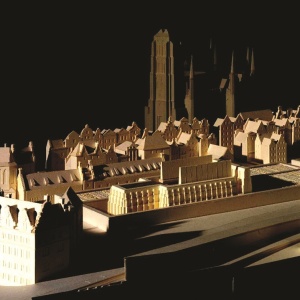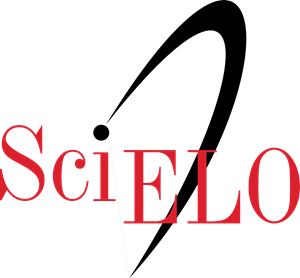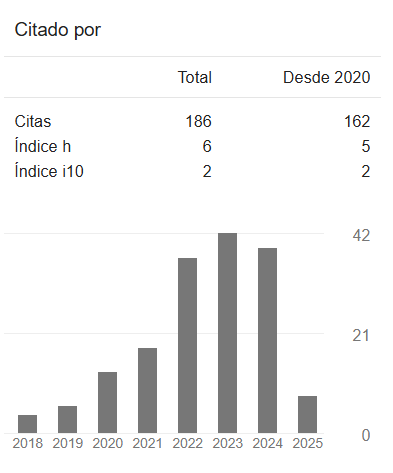Imago Urbis: project approaches in urban landscaping
Reflections drawn from Elizabethan theatre in Gdansk, Renato Rizzi’s Poland (2004-2014)
DOI:
https://doi.org/10.35305/23626097v4i7.55Keywords:
city, elusive, reinvention, artifice, compositionAbstract
The problem to approach when dealing with the architectural project is that of the urban landscape. It has to do with the failure to read unmistakably not only the signs that make it historic but also those that refer to an original nature. In fact, both landscape in a general sense and the city in a particular one constitute the privileged setting for place memory which, in turn, entails collective memory. In this respect, we can ascertain that the most important formal invention produced by the associative human life is the city. It has always been the fundamental collective artifice that man has conceived to recognize himself as part of a community.
Consequently, studying, understanding and interpreting the aesthetic and formal means by which a community has represented itself over time through urban artifices, implies the disciplinary study of the reasons and foundations that give raise to the specific association among individuals.
The city has become an artificial landscape: the original pesca meravigliosa site (city, territory and landscape) has now become the privileged space for a scientific- technical design that has paralyzed the future in an all-embracing vision. Recognizing the elusive character of present cities and landscapes should produce a project able to reinvent itself in its educational aspects whenever it takes part in the construction of the imago urbis.
Downloads

Published
How to Cite
Issue
Section
License
Open access policy
A&P Continuidad is a non-profit and open access publication. According to Mexico Declaration on Cultural Policies, the journal distribution is submitted to Creative Commons Attribution-Noncommercial-ShareAlike 4.0 International Public License (CC BY-NC-SA). “Neither the commercial use of the original work nor that of the possible derivative works are allowed. The distribution of derivative works should be submitted to the license regulating the original work. This license is not free.”
A&P Continuidad authorizes the partial or full reproduction of texts and graphs provided that the source is cited. Authors are exclusively responsible for the criteria expressed in the articles which do not necessarily reflect the opinion of the Editorial Committee or that of the Direction Board. The copyright of the published articles pertains to their authors or publishers.
Transfer of rights
The acceptance of an article to be published implies the author’s transfer of rights to the journal. Authors continue to have the right to use the material in future books or publications, approve or veto the republication of their works as well as the rights related to patents or other rights. Transfer of rights form may be downloaded here.





























 This OJS site and its metadata are under a
This OJS site and its metadata are under a 

